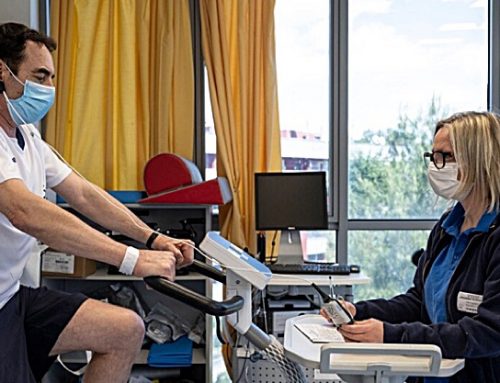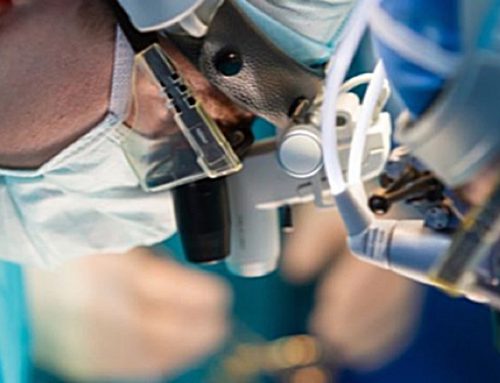REFRACTORY ARRHYTHMIAS: A SUCCESSFUL LEFT ATRIAL APPENDAGE OCCLUSION
The team of the Monzino Department of Arrhythmology, recently presented at the annual meeting of the European Heart Rhythm Association (EHRA a live case of percutaneous left atrial appendage occlusion. A therapeutic solution for stroke prevention in patients with atrial fibrillation.
The recent annual meeting of the European Heart Rhythm Association (EHRA), – attended by hundreds of scientists, clinicians and other actors involved in the management of arrhythmias, – offered this year the possibility to follow, face-to-face or remotely, multiple sessions held by specialists in the different fields of arrhythmology.
In one of these sessions, the team of the Monzino Department of Arrhythmology, directed by Prof. Claudio Tondo, was invited by the EHRA Scientific Committee to present a live case of percutaneous left atrial appendage occlusion with characteristics of difficulty.
The procedure, which aims to avoid the stroke due to thrombi that can occur inside the heart in patients suffering from atrial fibrillation, was carried out with complete success by Dr Gaetano Fassini and Dr Massimo Moltrasio, assisted by a dedicated ‘heart team’ made up of doctors (Dr.ssa Anna Cristina Maltagliati and Dr.ssa Sabrina Frisoli), nurses (Michela Vendramin and Romina Ranzato) and an EP technician (Selene Cellucci).
In effect, percutaneous left atrial appendage occlusion has emerged as an alternative therapeutic approach to medical therapy for stroke prevention in patients with atrial fibrillation. The last consensus document on different transcatheter-based appendage closure methods and related clinical outcomes, prepared by a joint expert committee (2019), assessed that, percutaneous or minimally invasive occlusion of the auricle can be an effective alternative in terms of prevention of cerebrovascular thrombotic events, mainly in those patients in whom there are absolute contraindications or who carry a high risk for bleeding with the use of new oral anticoagulants that outweighs their proven advantage in stroke prevention.
The left atrial appendage is a complex and multifaceted structure with contractile properties. Numerous variables must be taken into consideration to accurately select the appropriate occlusive device, in terms of shape and size, for each specific clinical situation. In all clinical trials, the risks associated with the procedure are reduced with the so-called learning curve, i.e. the increase in the number of procedures performed by the clinical Centre, demonstrating the important role of training and the volume of cases treated.
The learning curve of the Arrhythmia Unit of Monzino Cardiology Centre is particularly high, as well as the expertise and instrumental equipment in cardiac imaging, essential for the success of the procedure. The Center is specialized in the diagnosis and treatment of all cardiac arrhythmias and is distinguished for some particular activities:
- Electrophysiological evaluation and ablation assessment of patients with atrial fibrillation
- Transcatheter mapping and ablation in patients with episodes of ventricular tachycardia
- Endomyocardial biopsy for the diagnosis (genetic, viral and histological) of myocardial diseases responsible for rhythm disorders
- Study of the correlation between rhythm disorders and neurodystrophic diseases
- Implantation of biventricular devices for patients with various forms of heart failure
- Antiarrhythmic heart surgery
- Implantation of electrode-free pacemakers (leadless pacemakers).



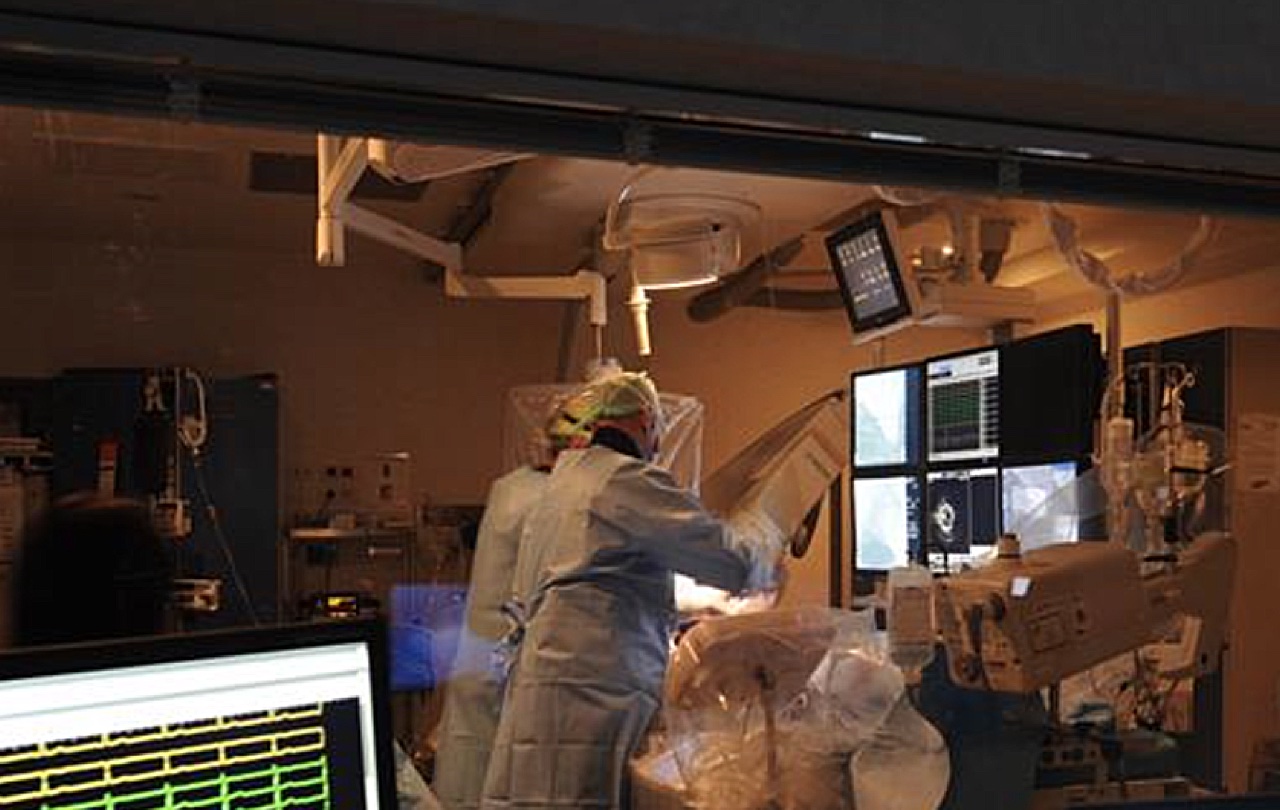
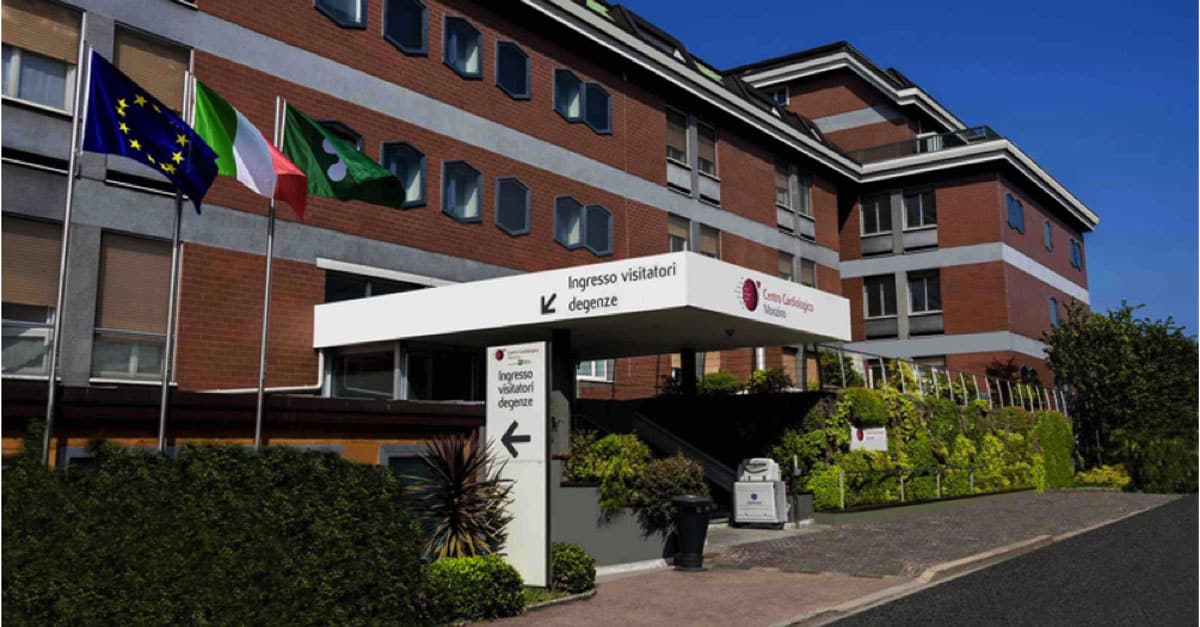 Centro Cardiologico Monzino is a Research and Teaching Hospital exclusively dedicated to cardiovascular prevention and care, whose mission is inspiring hope and contributing to health and well-being by providing the best care to every patient through integrated clinical practice.
Centro Cardiologico Monzino is a Research and Teaching Hospital exclusively dedicated to cardiovascular prevention and care, whose mission is inspiring hope and contributing to health and well-being by providing the best care to every patient through integrated clinical practice. Prof Caludio Tondo is Head of the Department of Electrophysiology & Cardiac Pacing.Professor of Arrhythmology at the Specialty School of Cardiology of the University of Milan, he is also visiting professor at the Texas Cardiac Institute in Austin, TX.
Prof Caludio Tondo is Head of the Department of Electrophysiology & Cardiac Pacing.Professor of Arrhythmology at the Specialty School of Cardiology of the University of Milan, he is also visiting professor at the Texas Cardiac Institute in Austin, TX. Centro Cardiologico Monzino is prepared and qualified to provide excellent medical and health services for international patients, paying attention to their medical needs, language expectations, cultural and religious aspects.
Centro Cardiologico Monzino is prepared and qualified to provide excellent medical and health services for international patients, paying attention to their medical needs, language expectations, cultural and religious aspects.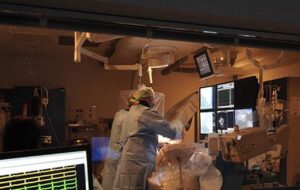 The Arrhythmia Unit of the Monzino is specialized in the diagnosis and treatment of all cardiac arrhythmias and is distinguished for some particular activities:
The Arrhythmia Unit of the Monzino is specialized in the diagnosis and treatment of all cardiac arrhythmias and is distinguished for some particular activities: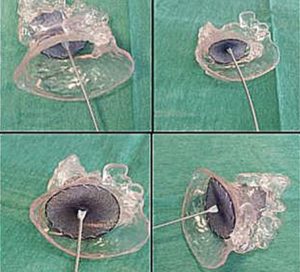 The majority of thrombi impacting chronic atrial fibrillation patients originate in the left atrial appendage: a small appendage connected to the left atrium where blood clots tend to form and, if they break off suddenly, can cause a peripheral arterial embolism or, if they occur in an artery in the brain, a cerebral infarction (stroke).
The majority of thrombi impacting chronic atrial fibrillation patients originate in the left atrial appendage: a small appendage connected to the left atrium where blood clots tend to form and, if they break off suddenly, can cause a peripheral arterial embolism or, if they occur in an artery in the brain, a cerebral infarction (stroke).